Minrui Fei
Secure Control of Networked Inverted Pendulum Visual Servo System with Adverse Effects of Image Computation (Extended Version)
Sep 07, 2023



Abstract:When visual image information is transmitted via communication networks, it easily suffers from image attacks, leading to system performance degradation or even crash. This paper investigates secure control of networked inverted pendulum visual servo system (NIPVSS) with adverse effects of image computation. Firstly, the image security limitation of the traditional NIPVSS is revealed, where its stability will be destroyed by eavesdropping-based image attacks. Then, a new NIPVSS with the fast scaled-selective image encryption (F2SIE) algorithm is proposed, which not only meets the real-time requirement by reducing the computational complexity, but also improve the security by reducing the probability of valuable information being compromised by eavesdropping-based image attacks. Secondly, adverse effects of the F2SIE algorithm and image attacks are analysed, which will produce extra computational delay and errors. Then, a closed-loop uncertain time-delay model of the new NIPVSS is established, and a robust controller is designed to guarantee system asymptotic stability. Finally, experimental results of the new NIPVSS demonstrate the feasibility and effectiveness of the proposed method.
Cross-Skeleton Interaction Graph Aggregation Network for Representation Learning of Mouse Social Behaviour
Aug 07, 2022



Abstract:Automated social behaviour analysis of mice has become an increasingly popular research area in behavioural neuroscience. Recently, pose information (i.e., locations of keypoints or skeleton) has been used to interpret social behaviours of mice. Nevertheless, effective encoding and decoding of social interaction information underlying the keypoints of mice has been rarely investigated in the existing methods. In particular, it is challenging to model complex social interactions between mice due to highly deformable body shapes and ambiguous movement patterns. To deal with the interaction modelling problem, we here propose a Cross-Skeleton Interaction Graph Aggregation Network (CS-IGANet) to learn abundant dynamics of freely interacting mice, where a Cross-Skeleton Node-level Interaction module (CS-NLI) is used to model multi-level interactions (i.e., intra-, inter- and cross-skeleton interactions). Furthermore, we design a novel Interaction-Aware Transformer (IAT) to dynamically learn the graph-level representation of social behaviours and update the node-level representation, guided by our proposed interaction-aware self-attention mechanism. Finally, to enhance the representation ability of our model, an auxiliary self-supervised learning task is proposed for measuring the similarity between cross-skeleton nodes. Experimental results on the standard CRMI13-Skeleton and our PDMB-Skeleton datasets show that our proposed model outperforms several other state-of-the-art approaches.
Structured Context Enhancement Network for Mouse Pose Estimation
Dec 01, 2020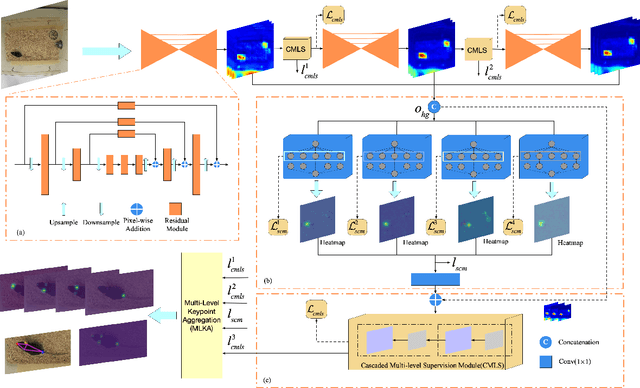

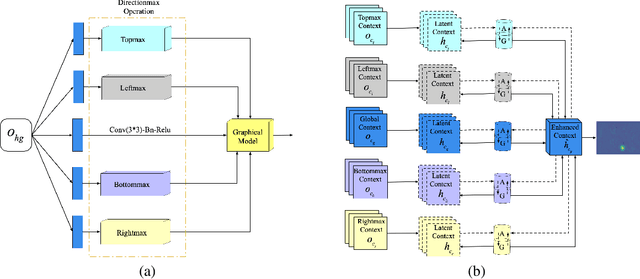
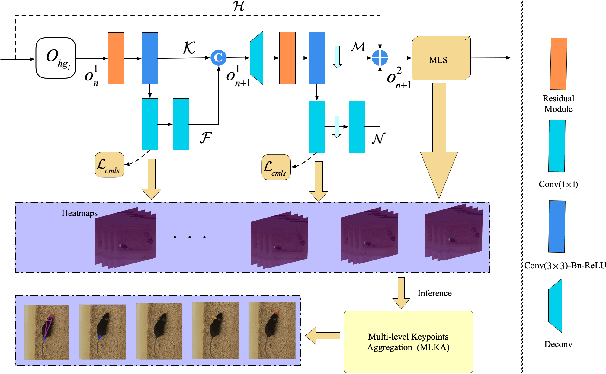
Abstract:Automated analysis of mouse behaviours is crucial for many applications in neuroscience. However, quantifying mouse behaviours from videos or images remains a challenging problem, where pose estimation plays an important role in describing mouse behaviours. Although deep learning based methods have made promising advances in mouse or other animal pose estimation, they cannot properly handle complicated scenarios (e.g., occlusions, invisible keypoints, and abnormal poses). Particularly, since mouse body is highly deformable, it is a big challenge to accurately locate different keypoints on the mouse body. In this paper, we propose a novel hourglass network based model, namely Graphical Model based Structured Context Enhancement Network (GM-SCENet) where two effective modules, i.e., Structured Context Mixer (SCM) and Cascaded Multi-Level Supervision module (CMLS) are designed. The SCM can adaptively learn and enhance the proposed structured context information of each mouse part by a novel graphical model with close consideration on the difference between body parts. Then, the CMLS module is designed to jointly train the proposed SCM and the hourglass network by generating multi-level information, which increases the robustness of the whole network. Based on the multi-level predictions from the SCM and the CMLS module, we also propose an inference method to enhance the localization results. Finally, we evaluate our proposed approach against several baselines...
Perceiving Unknown in Dark from Perspective of Cell Vibration
Jun 03, 2020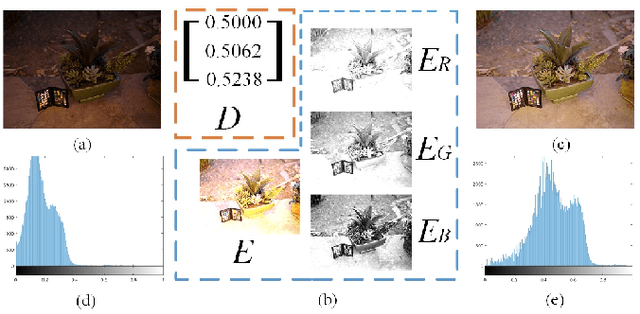

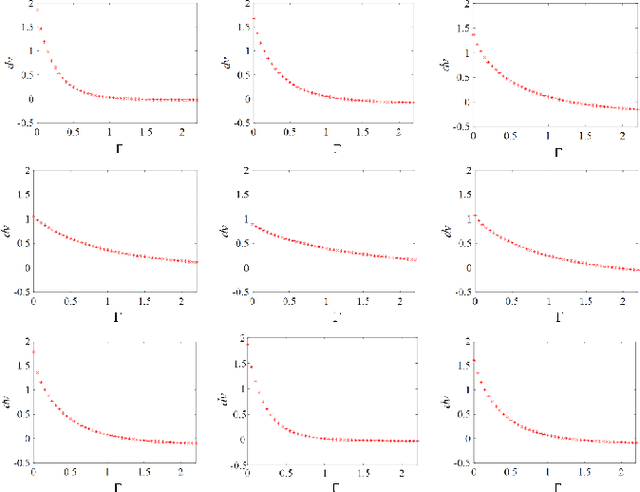
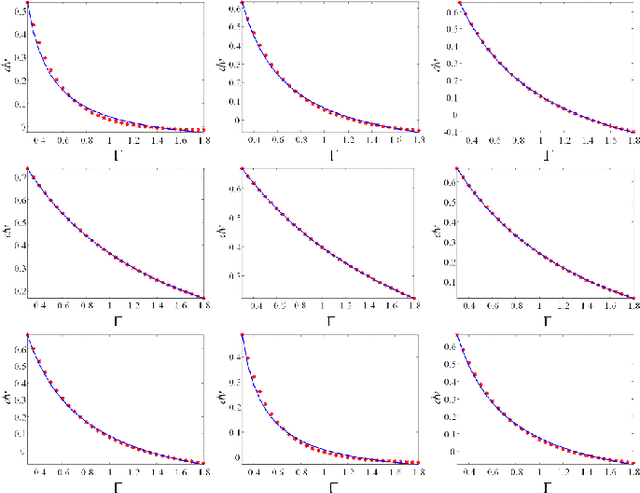
Abstract:Low light very likely leads to the degradation of image quality and even causes visual tasks' failure. Existing image enhancement technologies are prone to over-enhancement or color distortion, and their adaptability is fairly limited. In order to deal with these problems, we utilise the mechanism of biological cell vibration to interpret the formation of color images. In particular, we here propose a simple yet effective cell vibration energy (CVE) mapping method for image enhancement. Based on a hypothetical color-formation mechanism, our proposed method first uses cell vibration and photoreceptor correction to determine the photon flow energy for each color channel, and then reconstructs the color image with the maximum energy constraint of the visual system. Photoreceptor cells can adaptively adjust the feedback from the light intensity of the perceived environment. Based on this understanding, we here propose a new Gamma auto-adjustment method to modify Gamma values according to individual images. Finally, a fusion method, combining CVE and Gamma auto-adjustment (CVE-G), is proposed to reconstruct the color image under the constraint of lightness. Experimental results show that the proposed algorithm is superior to six state of the art methods in avoiding over-enhancement and color distortion, restoring the textures of dark areas and reproducing natural colors. The source code will be released at https://github.com/leixiaozhou/CVE-G-Resource-Base.
 Add to Chrome
Add to Chrome Add to Firefox
Add to Firefox Add to Edge
Add to Edge